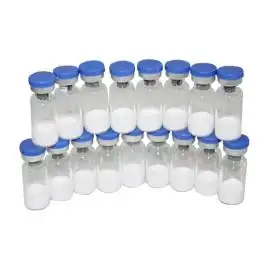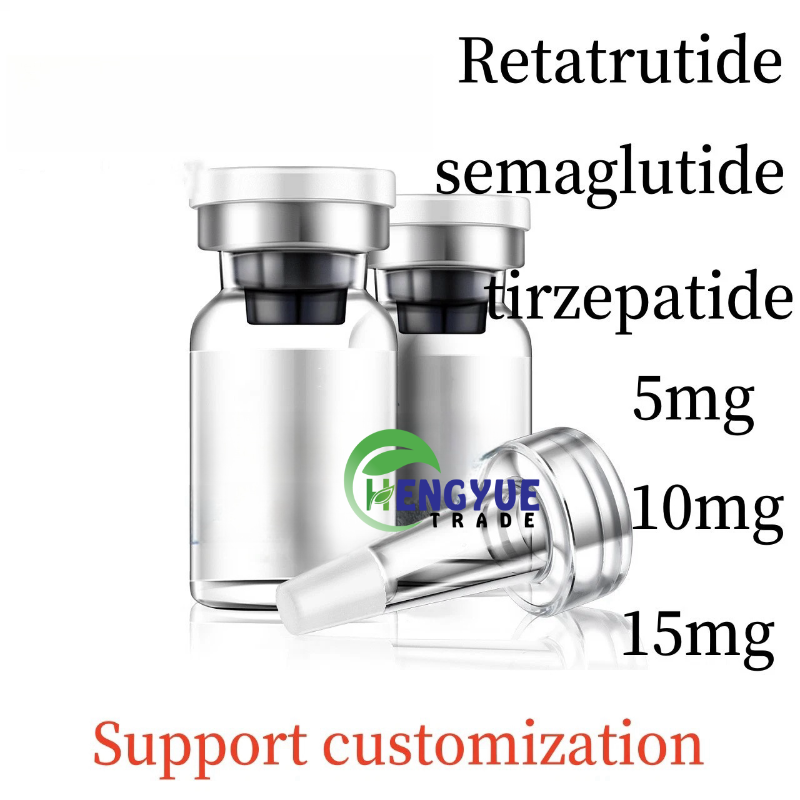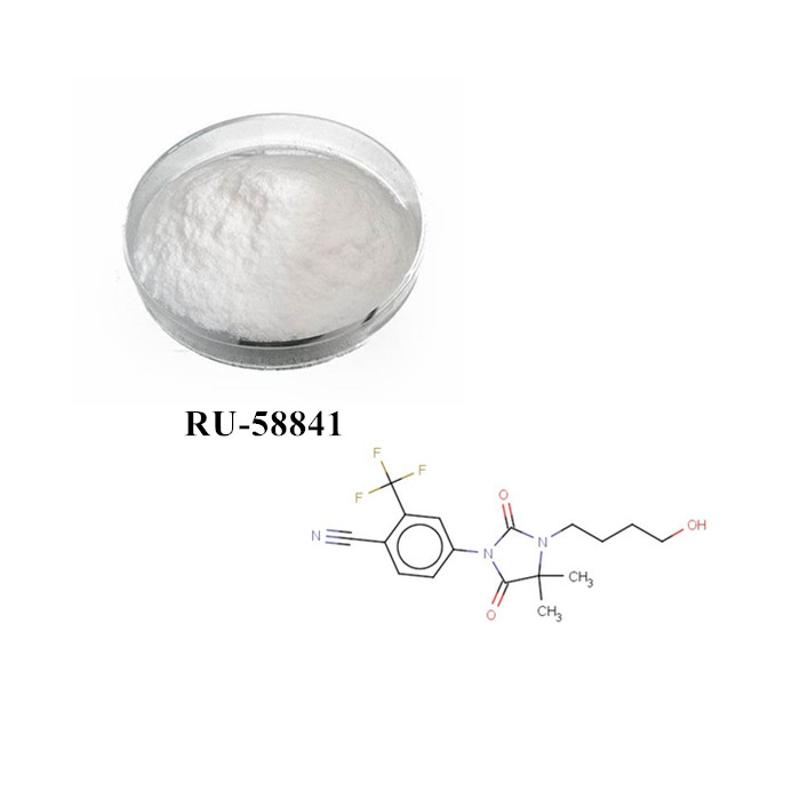-
Categories
-
Pharmaceutical Intermediates
-
Active Pharmaceutical Ingredients
-
Food Additives
- Industrial Coatings
- Agrochemicals
- Dyes and Pigments
- Surfactant
- Flavors and Fragrances
- Chemical Reagents
- Catalyst and Auxiliary
- Natural Products
- Inorganic Chemistry
-
Organic Chemistry
-
Biochemical Engineering
- Analytical Chemistry
-
Cosmetic Ingredient
- Water Treatment Chemical
-
Pharmaceutical Intermediates
Promotion
ECHEMI Mall
Wholesale
Weekly Price
Exhibition
News
-
Trade Service
[China Pharmaceutical network industry trends] recently, the health and Family Planning Commission of Lu'an City, Anhui Province released the list of key monitoring drugs in 2018, involving antibiotics and non antibiotic drugs At the same time, six municipal health and family planning committees, including Chizhou, Huainan, Chuzhou, Tongling, Huangshan and Fuyang, have successively issued the municipal key drug monitoring catalogue According to the statistics of the industry, there are 172 manufacturers and 164 varieties involved in the key monitoring catalogue of 7 cities As early as before, Anhui Province issued the notice on improving the early warning management system of key drug monitoring (WJM [2018] No 306) (hereinafter referred to as the "notice") clearly proposed that the key drug monitoring and hierarchical management will be implemented Among them, there are no less than 30 drugs in the key monitoring directory of provincial hospitals, no less than 30 drugs in the key monitoring directory of municipal and county-level public hospitals, and no less than 20 drugs in the primary medical and health institutions In principle, the key drug monitoring catalogue is dynamically adjusted once a year According to the notice, the amount and growth rate of drugs purchased by the provincial drug purchase platform will be ranked, and the key drugs monitoring catalogue will be determined based on the price, dosage and normal purchase and use conditions, and the expert argumentation According to the notice, key drug monitoring includes antibiotics, traditional Chinese medicine injections, auxiliary drugs, nutritional drugs, drugs with high incidence of clinical adverse reactions, drugs with rapid growth in use without special reasons, and other drugs with high price and large dosage According to the principle of monitoring, for a certain disease, it is not necessary to treat, the evidence of clinical efficacy is not sufficient, it is not recommended by the disease diagnosis and treatment guidelines or included in the clinical pathway form, it does not have the advantages of pharmacoeconomics, and the amount of drugs is large or the purchase amount is high According to the industry, in combination with the adjustment principle of the national basic drug catalog previously passed, the basic drug catalog adheres to the principle of both transfer in and transfer out If serious adverse reactions occur and it is assessed that it is not suitable to be used as a basic drug again, the drugs that can be replaced by more varieties of risk-benefit ratio or cost-benefit ratio are the key points of transfer out It can be seen that the key monitored drugs will also be transferred out if they are in the base drug directory In fact, the key drug monitoring work has been carried out in a large scale in China, and the list of key monitoring drugs appears frequently It is reported that as of September 2, 2018, 21 provinces and 21 cities have issued key monitoring drug policies, of which 48 regions have published auxiliary drug monitoring catalogue
In February 2015, China issued the guiding opinions on improving the centralized purchase of drugs in public hospitals (No.7 document), formally proposing to focus on tracking and monitoring auxiliary drugs; in 2016, the medical reform office of the State Council pointed out in the key work arrangement of medical reform that year that the pilot cities of public hospital reform should make a specific list of unreasonable use of high-priced drugs such as auxiliary and nutritional drugs We will focus on monitoring and initially curb the irrational growth of medical expenses In addition, all kinds of documents of the medical reform office are constantly emphasizing the key monitoring management, especially the document No 13 issued by the State Office in 2017, which makes clear requirements for the standardization of medical treatment and drug use, the reform and adjustment of the interest driven mechanism, the key monitoring of the use of antibiotics, auxiliary drugs and nutritional drugs, the publicity of prescription doctors who use unreasonable drugs, and the establishment of an interview system On the whole, the prospect of these drugs under key monitoring is not optimistic.







